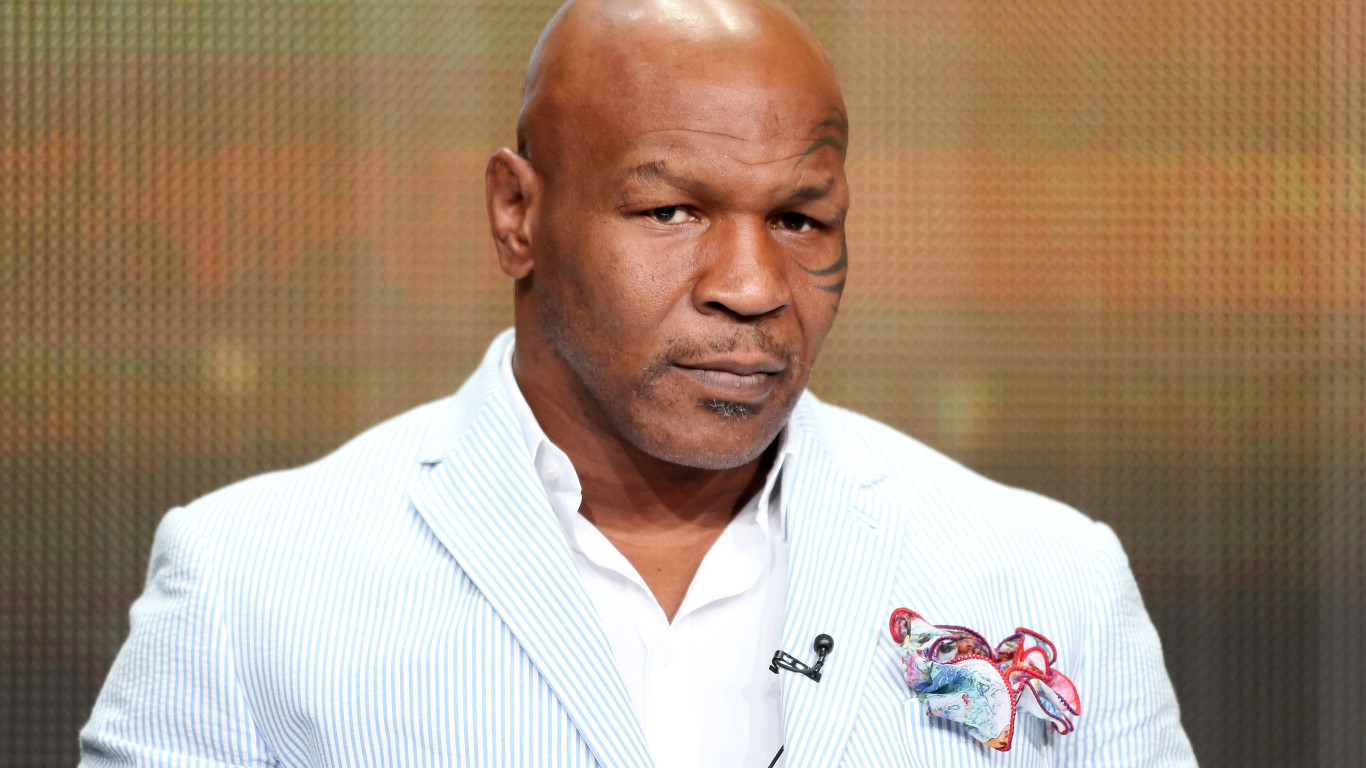The Walt Disney Company (NYSE: DIS) may have fears of being highly valued for a Dow Jones Industrial Average component. It has also suffered on fears that it will fall victim to cord-cutters refusing to pay premiums to subscribe to ESPN and other premium media spots. All of that took shares down from over $120 to under $100 in rather short order, but Disney has found a solid and consistent buyer of its stock during the selling — itself, via its common stock buyback program.
Tom Staggs, Walt Disney’s chief operating officer, participated in a question and answer session at the Bank of America Merrill Lynch 2015 Media, Communications & Entertainment Conference on Thursday, September 10. Staggs talked up most aspects of Disney’s business, but he also confirmed that Disney has been aggressively buying back its stock during and after the selling panic that took place in August.
Staggs said that the company will continue to look for growth investments, but with strong cash flows it will also be aggressive in returning capital. Since the company highlighted its buyback plans, Staggs said that Disney took advantage of buying back stock “at meaningfully lower prices” and he also noted that (with caveats) the reaction had been overdone. In a little over a month it was about $2.4 billion that the firm spent to buy back shares — for a total of about $5.6 billion in total for fiscal 2015. The plan remains to buy back $6 billion to $8 billion in shares in its fiscal 2016.
ALSO READ: The 20 Most Dominant Warren Buffett Investments
Just a day earlier, Merrill Lynch’s Entertainment research team, led by Jessica Reif Cohen, issued a small report in Media & Entertainment called ‘If Looks Could Thrill.’ That report surmised;
As a relative safe haven in Media and Entertainment, the global Theme Park business is thriving. New attractions in the U.S. as well as strong emerging markets in Asia and the Middle East will drive upside to operators. Studios that license IP into these environments will also benefit. Disney and Comcast are the best way to gain exposure.
Merrill Lynch has a price objective of $130 for Walt Disney. That target is based upon a sum-of-the-parts valuation. While there were risks to that price target, there was also a massive upside ahead if the parks business can deliver while the rest of the businesses perform as expected. The risks to the $130 price objective are as follows:
- a significant slowdown in ESPN’s growth given more moderate affiliate fee increases,
- increased sports costs at ESPN,
- the impact of higher gas prices,
- weakened consumer confidence or a catastrophic event on theme park attendance,
- broad advertising weakness,
- and a downturn in ABC network ratings.
Disney was featured in 2015 as one of 10 Stocks to Own for the Next Decade in our own exclusive report. When we first named that for Disney, it had not yet experienced the Star Wars acquisition bump and many other efforts had not come up yet. The pullback and the cord-cutting fears simply are not great enough at this time to upset its Decade-Must-Own status.
Disney shares were last seen up 0.5% at $102.46, against a 52-week range of $78.54 to $122.08. The consensus analyst price target from Thomson Reuters is $119.29.
Credit card companies are handing out rewards and benefits to win the best customers. A good cash back card can be worth thousands of dollars a year in free money, not to mention other perks like travel, insurance, and access to fancy lounges. See our top picks for the best credit cards today. You won’t want to miss some of these offers.
Flywheel Publishing has partnered with CardRatings for our coverage of credit card products. Flywheel Publishing and CardRatings may receive a commission from card issuers.
Thank you for reading! Have some feedback for us?
Contact the 24/7 Wall St. editorial team.
